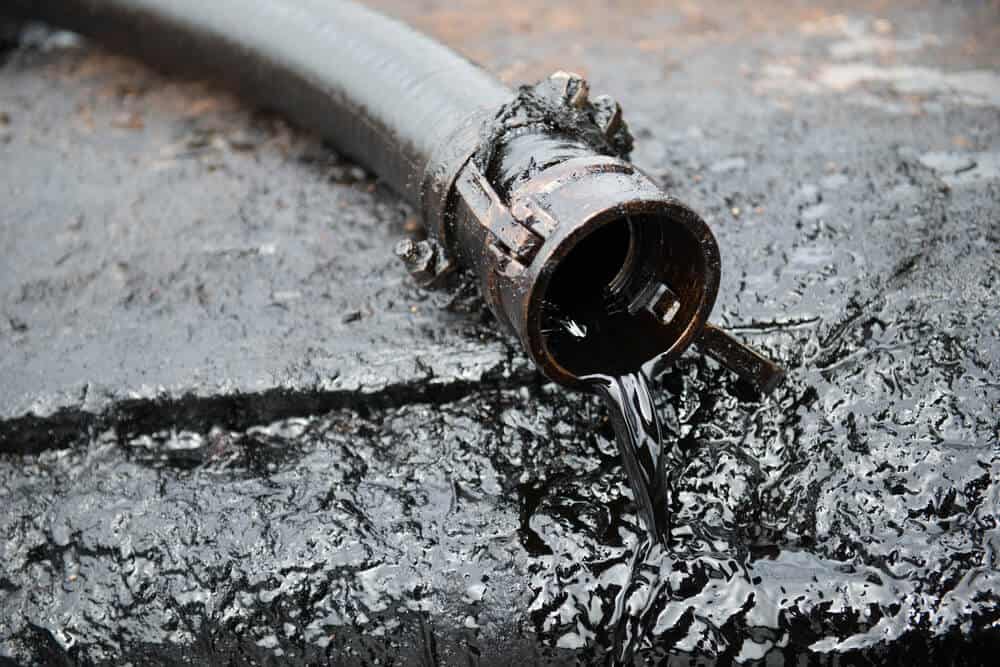By Fred Pearce • March 15, 2016
As part of India’s modernization program, Prime Minister Narenda Modi has called for doubling the nation’s coal production by 2020.
Beyond Jharia, the state is peppered with coal mines: giant open pits descending for hundreds of meters, a few old underground shafts, and many drift mines, which are reached down steep slopes from the surface. Close to the village of Kujju, north of the state capital of Ranchi, I met Bhodo, a member of the Oraon tribal group, whose members originally moved there to work on tea estates, but now labor in the mines.
After washing off the grime from his shift at the Kujju mine in a nearby river, Bhodo was walking home along a road made impassable to our car by subsidence from an underground fire in the mine. Though more than 50 years old, he said he continued to work underground operating machinery — a job he inherited from his father.
He went home, put on a shirt, and got in the car, and we headed to the steep sloping entrance of the drift mine. “The mine isn’t safe,” he said as we drove. “There are 10 kilometers of tunnels in there, and you can easily get lost in them.”
At the mine, the hard-hatted manager, who did not give his name, said the 150 miners, working in three shifts, brought around seven tons of coal to the surface every hour. It was a relatively small enterprise of Central Coalfields, another subsidiary of Coal India. Even so, I was shocked to see two children playing unattended amid the heavy machinery. Nobody seemed concerned.
India may fancy itself as the new China, driving toward becoming a 21st-century nation. But in a journey of several days across the coalfields of Jharkhand, it more resembled an industrialized caricature of the old India.
Most astonishingly at odds with the new image were the coal cycle-wallahs. I first came across them on the road north out of Ranchi, pushing specially strengthened bicycles loaded with bags of coal. There were dozens of them — some on their own, and some in groups. Each bike carried about a quarter-ton of coal. Uphill was very hard work, though freewheeling downhill looked fun if you could steer the load.
One group of cycle-wallahs, resting halfway up a steep incline, told me they were taking coal more than 40 miles from mines at Urimari to Ranchi, a journey that took two days. Each load cost them around 600 rupees, or $9, to purchase at the mine and would be sold on arrival to brokers for 1,500 rupees, making a profit on the journey of a paltry $13.
Kuntala Lahiri-Dutt, of the Australian National University in Canberra, who has analyzed Jharkhand’s cycle-wallahs, estimates that most of them are members of tribal minorities and that they transport more than 3 million tons of coal each year. Far from diminishing, the volumes they carry may have doubled since Lahiri-Dutt first started investigating a decade ago, and she says more children are now involved in what are often family businesses.
Cycle-wallahs handle only an estimated 1 or 2 percent of all the traded coal. But their continued role in an industry said to be central to India’s economic progress seems to encapsulate both the sheer human endeavour and resourcefulness of those at the bottom of India’s society and the dysfunctional nature of an economy that would rely on them.
Jharkhand today graphically illustrates the huge disparity between Modi’s growth agenda for India, and the stark reality of the social and environment conditions across this country of more than a billion people. If the prime minister’s modernization project — and the role of coal in it — moves forward, India would seem set to create a mounting tide of victims — from the cycle-wallahs and the refugees of Jharia’s coal fires, to the country’s air quality, to the planet’s climate.
LINK
While I enjoy these human interest stories I think they tell us something the authors are not understanding at all. These poor people in India are willing to work hard for two days just to earn $13, which the author sees as devastating poverty. What the author doesn't seem to notice is people who are this poor and working this hard are not going to give up even the meager benefits they now get from coal, let alone the potential benefits they may get of living in a 20th century lifestyle or better. This is one of the reasons I keep saying we are going to burn it all, sooner or later, and fantasies about everyone magically adopting a "green" lifestyle based on expensive wind and solar is a wasted effort. Anyone, and around the world there are about 2 BILLION of them, who works hard to earn a paltry $6.50 a day wage is the least bit interested in buying an off grid solartopia solution. You may sell Germans and Americans on such a plan, but selling that plan in Sub-Saharan Africa, most of Asia and South America is a non-starter from the get go.
Decadal coal stats for India,
1980 127,989,000 tons
1990 248,304,000 tons
2000 370,018,000 tons
2010 628,787,000 tons
2016 692,400,000 tons






